Do you have a question about the PHILIPS Respironics OptiLife and is the answer not in the manual?
Specifies the mask's purpose for CPAP or bi-level therapy in home and hospital settings for patients over 66lbs/30kg.
Illustrates and explains various symbols used in the manual, including warnings, notes, tips, and material information.
Lists critical safety precautions, including suitability for life support, cleaning, user discomfort, dental issues, eye irritation, and proper device operation.
Instructions to read the manual, wash the mask, wash the face, and inspect the cushion before initial use.
Details daily hand washing for the mask and weekly for headgear, using mild detergent, and rinsing thoroughly.
Provides guidance for multi-patient use, directing users to a separate guide for reprocessing between patients.
Step-by-step guide for attaching both Pillows and Cradle cushions to the mask attachment hub, including removal instructions.
Explains how to select the correct size Pillows Cushion for a comfortable fit and proper nasal seal.
Provides guidance on sizing the Cradle Cushion, referencing Pillows Cushion sizes as a starting point for selection.
Covers adjusting headgear straps, support band, and cushion angle for a snug and comfortable fit, including connecting to the device.
Offers advice on adjusting headgear placement for ear comfort and securing the back strap, especially with long hair.
Provides solutions for leaks, suggesting trying different cushion sizes or adjusting the chin support band tightness.
Explains how to use the flexible tubing and fabric clip for optimal positioning and comfort during therapy.
Highlights what to do and not do with the tubing and clip to ensure proper function and prevent damage.
Details resistance compensation settings for System One devices, requiring provider input for optimal therapy.
Presents data on intentional leak rates and deadspace volumes for different cushion types at various pressures.
Provides guidelines for safe product disposal and specifies temperature and humidity ranges for storage.
Outlines the 90-day warranty period, coverage, exclusions, and disclaimers for product defects and liability.
Specifies the mask's purpose for CPAP or bi-level therapy in home and hospital settings for patients over 66lbs/30kg.
Illustrates and explains various symbols used in the manual, including warnings, notes, tips, and material information.
Lists critical safety precautions, including suitability for life support, cleaning, user discomfort, dental issues, eye irritation, and proper device operation.
Instructions to read the manual, wash the mask, wash the face, and inspect the cushion before initial use.
Details daily hand washing for the mask and weekly for headgear, using mild detergent, and rinsing thoroughly.
Provides guidance for multi-patient use, directing users to a separate guide for reprocessing between patients.
Step-by-step guide for attaching both Pillows and Cradle cushions to the mask attachment hub, including removal instructions.
Explains how to select the correct size Pillows Cushion for a comfortable fit and proper nasal seal.
Provides guidance on sizing the Cradle Cushion, referencing Pillows Cushion sizes as a starting point for selection.
Covers adjusting headgear straps, support band, and cushion angle for a snug and comfortable fit, including connecting to the device.
Offers advice on adjusting headgear placement for ear comfort and securing the back strap, especially with long hair.
Provides solutions for leaks, suggesting trying different cushion sizes or adjusting the chin support band tightness.
Explains how to use the flexible tubing and fabric clip for optimal positioning and comfort during therapy.
Highlights what to do and not do with the tubing and clip to ensure proper function and prevent damage.
Details resistance compensation settings for System One devices, requiring provider input for optimal therapy.
Presents data on intentional leak rates and deadspace volumes for different cushion types at various pressures.
Provides guidelines for safe product disposal and specifies temperature and humidity ranges for storage.
Outlines the 90-day warranty period, coverage, exclusions, and disclaimers for product defects and liability.
| Brand | PHILIPS Respironics |
|---|---|
| Model | OptiLife |
| Category | Respiratory Product |
| Language | English |
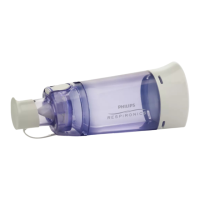
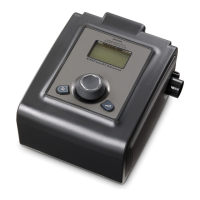
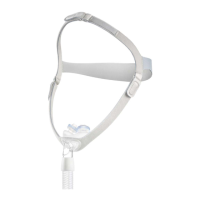
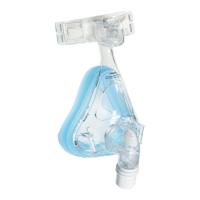
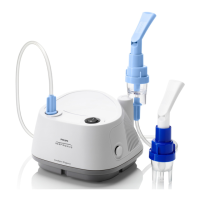
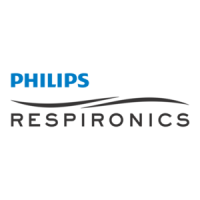
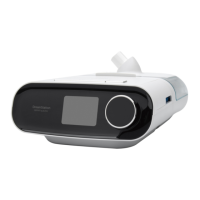
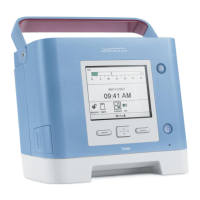
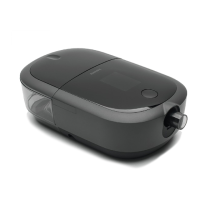

